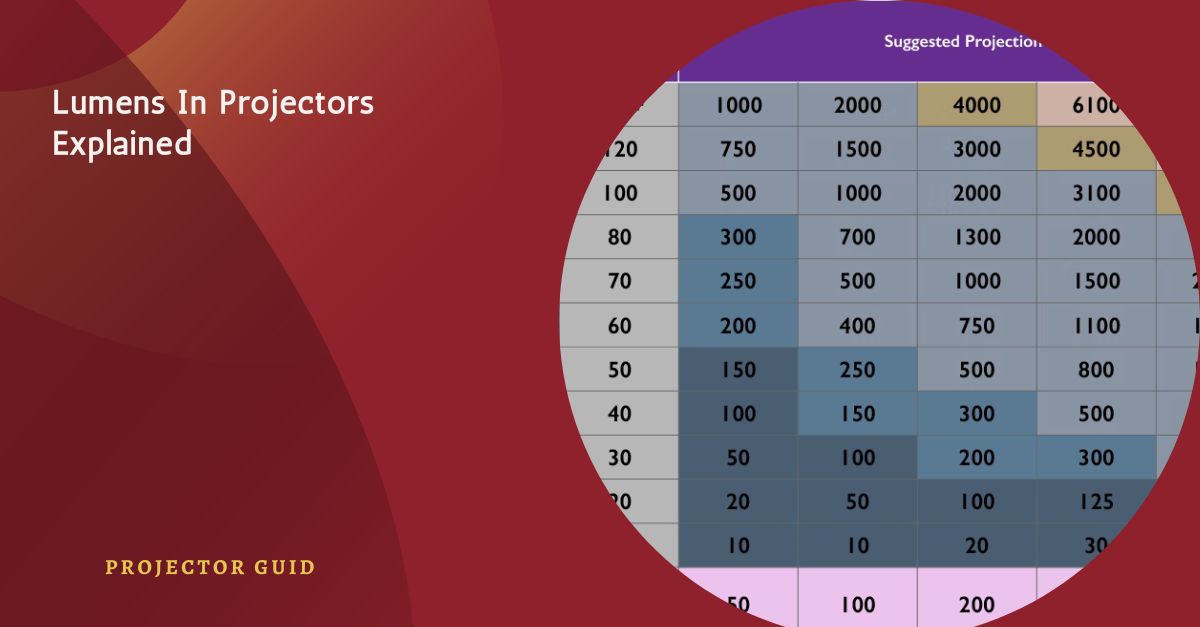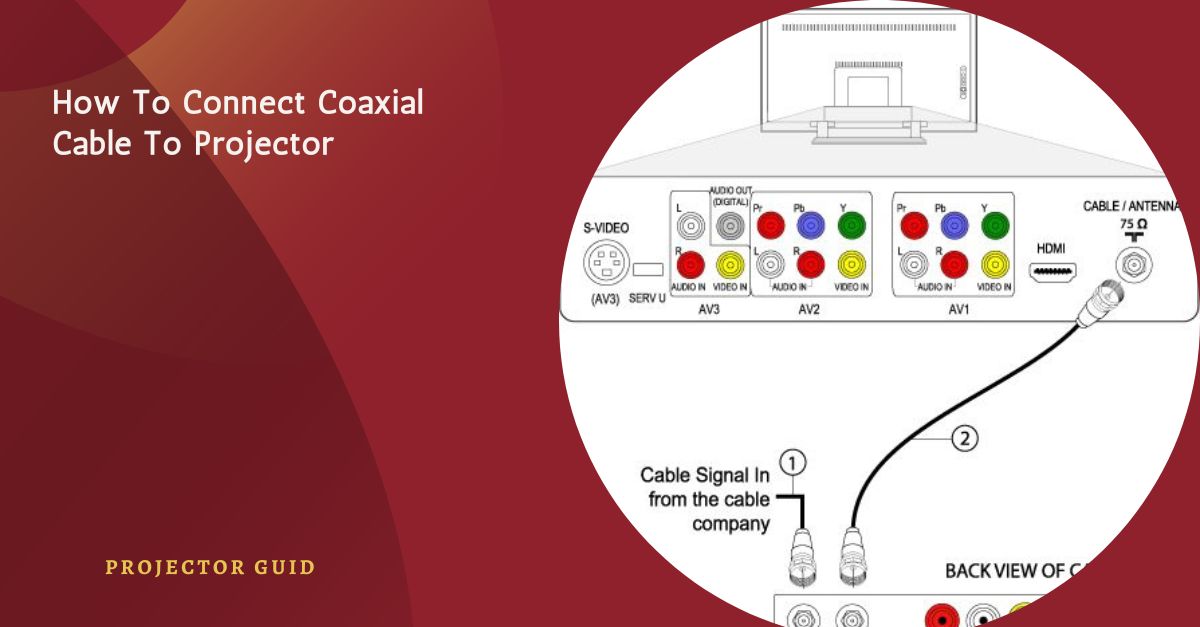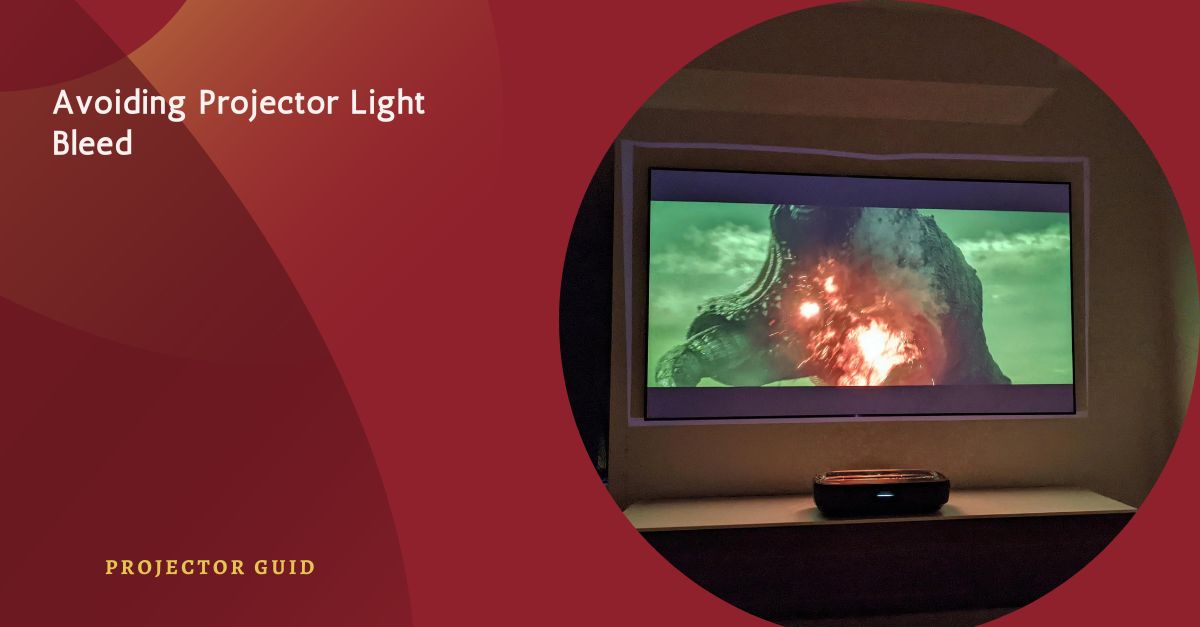When I bought my first projector, I didn’t think about lumens. The picture looked really dim in my living room during the day. Later, I found out that lumens show how bright the image will be. I got a 3200-lumen projector, and now the picture looks clear even with the curtains open.
Lumens show how bright a projector’s picture will be on the screen. Lumens In Projectors Explained A higher lumen number means a brighter image, even in daylight or well-lit rooms. This helps you choose the right projector for your space and needs.
Stay tuned with us—we’re about to break down everything you need to know about lumens in projectors explained in a way that’s super easy to understand.
What Are Lumens In A Projector And Why Do They Matter?
Lumens in projectors explained means how bright the picture looks when you turn on the projector. If a projector has more lumens, the image will be brighter. This really matters if you use it in a room with lights on or during the daytime.

Choosing the right brightness is important. A projector with low lumens may look too dim, while the right amount makes the picture clear and easy to see. Lumens in projectors explained helps you understand how to pick the best projector for your place.
What Are Lumens, Lux, Foot-Lamberts, Nits, And Ansi Lumens?
Lumens in projectors explained means learning how we measure brightness. Lumens show how much light a projector gives out. Lux tells us how bright the light is on a surface. Foot-lamberts are often used in theaters, and nits are usually for TVs and screens. ANSI lumens are a trusted way to measure projector brightness fairly.
All these terms help people understand how bright or clear a picture will be. When you know what they mean, it’s easier to choose the right projector. Lumens in projectors explained with these simple words helps you make a smart and easy choice.
Read: Can Normal Projector Show 3d Movie – Find Out Now!
Why Are Lumens Important?
Lumens in projectors explained helps you understand why brightness matters so much. If a projector has low lumens, the picture may look dull or hard to see—especially in bright rooms. More lumens mean a brighter and clearer image, which is great for daytime use or big spaces.
Lumens are important because they decide how well you can enjoy movies, slides, or games. With the right brightness, everything looks sharp and colorful. That’s why lumens in projectors explained is something everyone should know before buying a projector.
Factors Affecting Ansi Lumens In Projector
- Lamp Brightness
The strength of the projector’s light source affects how bright the picture looks. A stronger lamp means a clearer image, even in bright rooms. - Projector Optics
The quality of the projector’s lens and internal parts can improve or reduce image brightness and sharpness. - Screen Size and Distance
A bigger screen or placing the projector too far can make the image look dimmer. The closer the projector and the smaller the screen, the brighter the picture appears. - Ambient Light
Light from windows, lamps, or ceiling lights can wash out the image. Higher lumens are needed in brighter environments. - Color and Contrast
Brightness also affects color and contrast. A good balance helps make colors pop and details stand out on the screen.
Why Does Brightness Or Lumens Matter For Projectors?
Lumens in projectors explained is all about how bright the picture looks. If your projector doesn’t have enough brightness, the image may look dull or hard to see—especially if there’s light in the room.
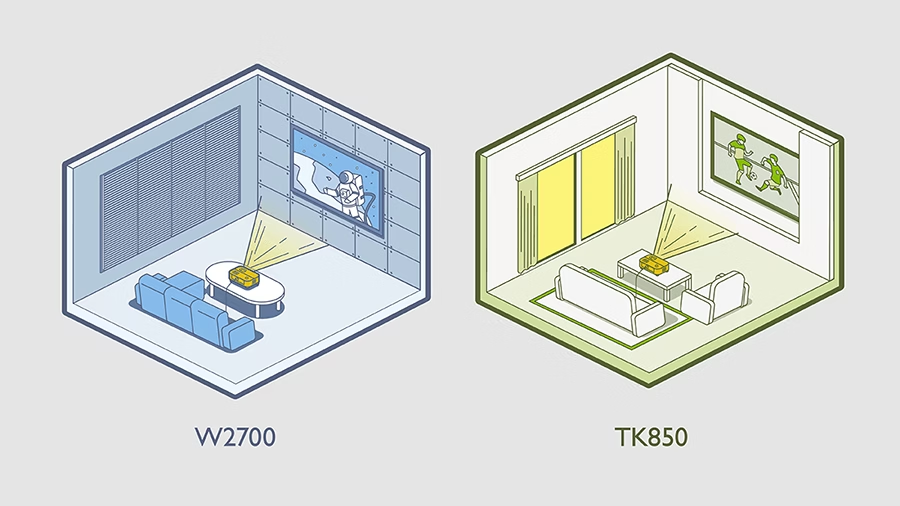
A brighter projector helps you see the picture clearly, with better colors and sharp details. That’s why lumens in projectors explained is helpful when picking the right projector for your home or office.
Do High Lumens Equal Excellent Viewing Quality?
Lumens in projectors explained means learning how brightness works in projectors. A higher number of lumens gives a brighter image, but that doesn’t always mean the picture will look the best.
For great viewing, you also need good color, contrast, and sharpness. So, lumens in projectors explained shows that while brightness helps, other features also matter for a clear and colorful picture.
Read: Projector Red Color Problem – Solve It In Minutes!
How Do Lumens Affect Picture Quality In Projectors?
Lumens in projectors explained means learning how brightness can change the way a picture looks. If the lumens are too low, the image may look dim or hard to see—especially in a room with lights on. But with the right amount of lumens, the picture becomes bright and easy to enjoy.
A brighter projector also makes colors look better and details stand out more. That’s why picking the right brightness is important. Here are some simple ways lumens affect picture quality:
- Brighter Image
A projector with more lumens gives a brighter picture that’s easier to see, even in well-lit rooms. - Better Color
Good brightness helps colors look rich and natural, not faded or washed out. - Clear Details
More lumens make tiny details in videos or slides sharper and easier to notice. - Comfortable Viewing
A bright and clear screen is easier on your eyes, especially during longer viewing times. - Works in Daylight
High-lumen projectors can be used during the day without needing to darken the room.
Is A Higher Lumen Projector Always Better?
Lumens in projectors explained means learning how bright a projector needs to be. A higher lumen number gives you a brighter image, but that doesn’t always mean it’s better. In a dark room, too much brightness can make the picture look too white or lose color.
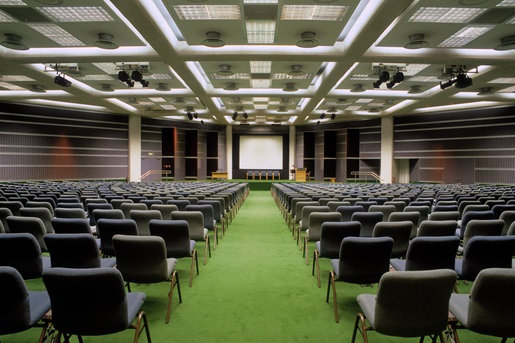
The best choice depends on where you’ll use the projector. Lumens in projectors explained helps you pick the right brightness, not just the highest one. It’s about finding a balance that works best for your space.
What Brightness Level Best Suits Your Needs?
Lumens in projectors explained helps you pick the right brightness for your space. In dark rooms, a projector with 1,000 to 1,500 lumens should work well. But if there’s light coming in from windows or lamps, you’ll need more brightness to see the picture clearly.
For rooms with more light or outdoor use, 3,000 lumens or higher is a better choice. Lumens in projectors explained shows that the right brightness depends on where you’re using the projector.
Read: Projector With Distance Calculator – Find Your Perfect Screen Setup!
How Many Lumens Is Good For A Projector?
Lumens in projectors explained helps you understand how many lumens your projector needs. For dark rooms, a projector with 1,000 to 1,500 lumens will give a bright picture without being too much.
In brighter rooms or outdoors, you’ll need a projector with at least 3,000 lumens. Lumens in projectors explained shows that the right brightness depends on how much light is in your space and where you use the projector.
- 1,000 to 1,500 Lumens
Perfect for dark rooms with little to no light. - 2,000 to 3,000 Lumens
Works well in rooms with some natural light or lamps on. - 3,000+ Lumens
Ideal for bright rooms or outdoor use, where a clearer picture is needed.
How Many Lumens Do I Need For A Bright Room?
Lumens in projectors explained shows you how many lumens are needed for a bright room. If your room has a lot of light, like from windows or lamps, you’ll need a projector with more lumens. A good range is 2,000 to 3,000 lumens for a bright room.
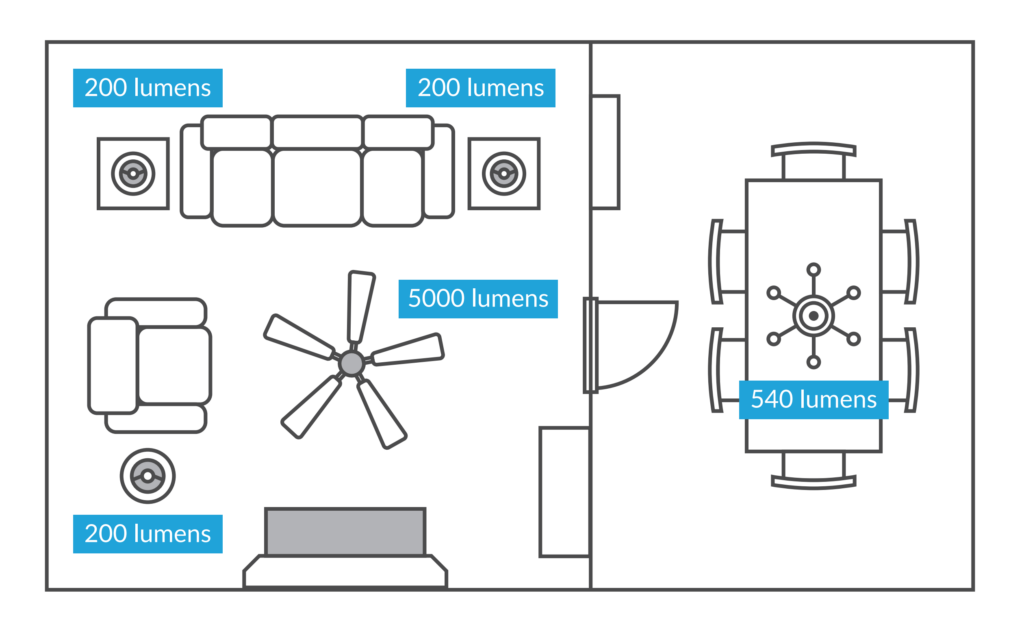
For even brighter spaces or larger rooms, you may need a projector with 4,000 lumens or more. Lumens in projectors explained helps you pick the right projector to make sure the picture stays clear, no matter how much light is in your room.
Can I Use A Low-Lumen Projector During The Day?
Lumens in projectors explained shows that using a low-lumen projector during the day can be tough. If a projector has fewer than 2,000 lumens, it might not be bright enough to see clearly in a well-lit room.
If you’re in a room where you can control the light, or if it’s not too bright, a low-lumen projector might work okay. Lumens in projectors explained helps you understand that the more light in your room, the more lumens you need for a bright, clear picture.
Read: Projector Turning Off Issue – Resolve This!
How Many Lumens/Ansi Lumens Are Needed For An Indoor And Outdoor Projector?
Lumens in projectors explained helps you figure out the right brightness for indoor and outdoor projectors. For indoor spaces, a projector with 1,500 to 3,000 lumens should be enough. This range works well in most rooms, even with a bit of light coming in.
For outdoor use, you’ll need a much brighter projector. A projector with 3,000 lumens or more is best for outdoor settings, where sunlight can make it harder to see. Lumens in projectors explained makes it clear that the more light around you, the higher the lumens needed for a bright and clear picture.
What About Brightness For Outdoors Projectors?
Lumens in projectors explained shows how important brightness is for outdoor projectors. Since outdoor spaces have sunlight and other lights, you need a projector with higher lumens to see the image clearly. A projector with 3,000 lumens or more works well for most outdoor settings.

If you’re using the projector in a very bright area or during the day, you might need a projector with 4,000 lumens or more. Lumens in projectors explained helps you understand that more lumens will give you a brighter, clearer picture, even in outdoor spaces.
FAQs:
Q1. How Many Lumens Is A Good Projector?
Yes, A good projector typically ranges from 1,500 to 3,000 lumens, depending on your room’s lighting. Higher lumens are needed for brighter environments.
Q2. Is 800 Lumens Bright For A Projector?
Yes, 800 lumens is quite low and may not be sufficient for bright rooms. It’s best used in dark, controlled environments.
Q3. Can A Low-Lumen Projector Be Used During The Day?
Yes, A low-lumen projector may struggle in daylight or bright rooms. You’ll need at least 2,000 to 3,000 lumens for daytime use.
Q4. Is 3000 Lumens Projector Bright?
Yes, a 3,000-lumen projector is generally considered bright and suitable for most indoor settings, even with some ambient light.
Q5. Is 7000 Lumen Good For A Projector?
Yes, A 7,000-lumen projector is extremely bright, perfect for large venues or outdoor settings. It can easily handle well-lit rooms or daylight.
Q6. How Do Lumens Affect Projector Image Quality?
Yes, Higher lumens provide a brighter and clearer image, especially in well-lit rooms. Low lumens result in a dimmer, less sharp picture.
Q7. Is A Higher Lumen Projector Better Indoors?
Yes, Not necessarily. While higher lumens offer a brighter picture, they’re only needed in brighter rooms. Too many lumens in a dark room can cause over-saturation.
Conclusion:
In conclusion, lumens in projectors explained helps you understand how brightness affects your viewing experience. The more lumens, the brighter and clearer the image, especially in well-lit rooms.
Choosing the right lumen count depends on where and how you use your projector. For bright environments, higher lumens are key to a clear picture. Knowing this can guide you in picking the best projector for your needs.
Read More:
- Projector On Angled Wall – Fix Distortions Easily!
- Are Portable Projectors Reliable – Complete Guide!
- Do Projectors Need A Dark Room – Find Out Now!
- Optoma Projector User Guide – Complete Guide!
- Best Distance For Projector Placement – Easy Guide!
- Common Projector Issues And Fixes – Easy Steps!
- Infocus Projector User Guide – Easy Tips!
- Hdcp 2.2 Workaround For Projector – Find Easy Solution!

